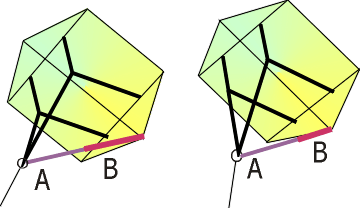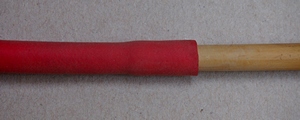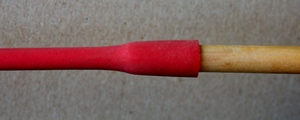FLYING THERMAL UPDRAFT WINDS |
|
|
|||
Compensating operations There are several actions that will help. The first is to release anchoring if any, and have the line and the reel in hands. The second is to not stay vertically under the kite, but move aside. It is very important that when rewinding, the kite is not over your head. Then, watch carefully the kite, and as soon as the line is getting loose, rewind it. Now you will face one of the two following cases: If the kite is going backward giving the line less angle, let it go, only maintain the line not too loose. As soon as the line angle becomes normal, about 60°, it is possible to rewind faster to maintain the kite if the wind is not enough. If the kite is gliding against the wind, let it go, walk aside as fast and as far as you can, releasing line, and to such distance that there is now a sufficient angle between the kite gliding direction and the kite line. 30° is fine but 15° can be sufficient. At that time, rewind as fast as possible, run backward if possible. Now the kite will rotate and its nose will come towards you. It is now possible to control it depending on your rewinding efficiency. |
|
Recommended kites Most of the time, kites for light winds have large sail areas, are light, and have less drag. So, they fly at higher line angle. It is not recommended to have kites flying normally at more than 60° line angle. The lack of drag will bring the kite too vertically. It will not fly backward downwind when updraft wind will cease. So modification of kite to increase the drag will be an advantage, not a drawback. Increase the drag can be some fuzzy tail, or windsocks, or drogues, or floating trailing edges, or some kind of sleeve fins sewn on the kite. The very effective and reliable item that I know is the trailing sail made of small triangular pieces of cloth sewn together by their tips. See the delta page. Recommended line
|
||
ANTI UPDRAFT BRIDLE The principle of this bridle is to bring the weight of the line backward, closer to the sail aerodynamic center, easing the kite to keep its flying attack angle and to go backward when wind decreases. The bridle is set as usual. An additional strand A-B is set from the center of the bridle to the back of the kite. It comprises a rubber which is stretched when the kite is flying normally, and is pulled back when the tension on the line decreases, especially if the kite is floating horizontally and the line hangs vertically underneath.
|
|
|


